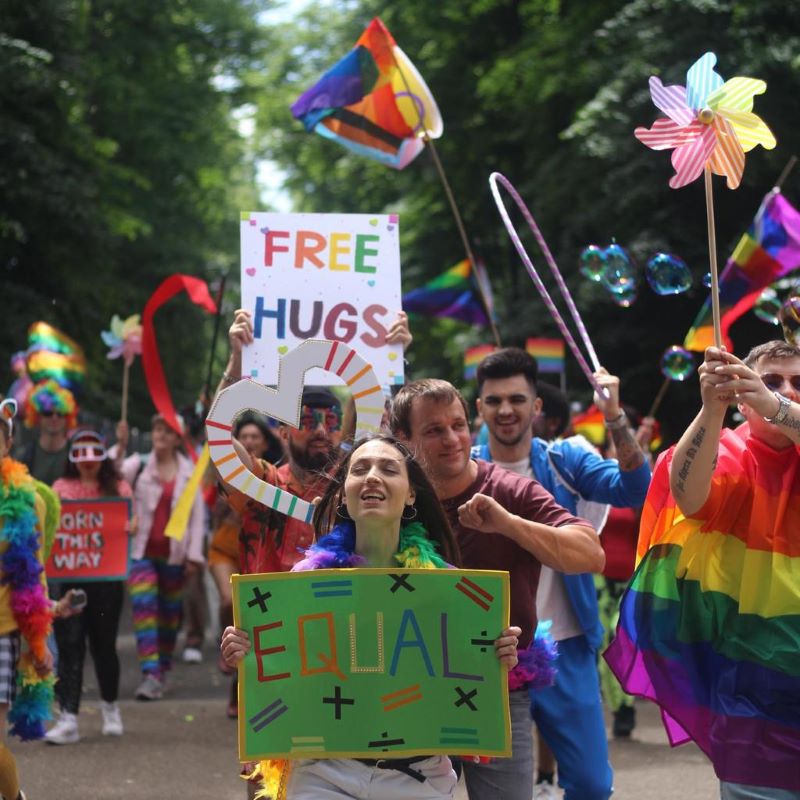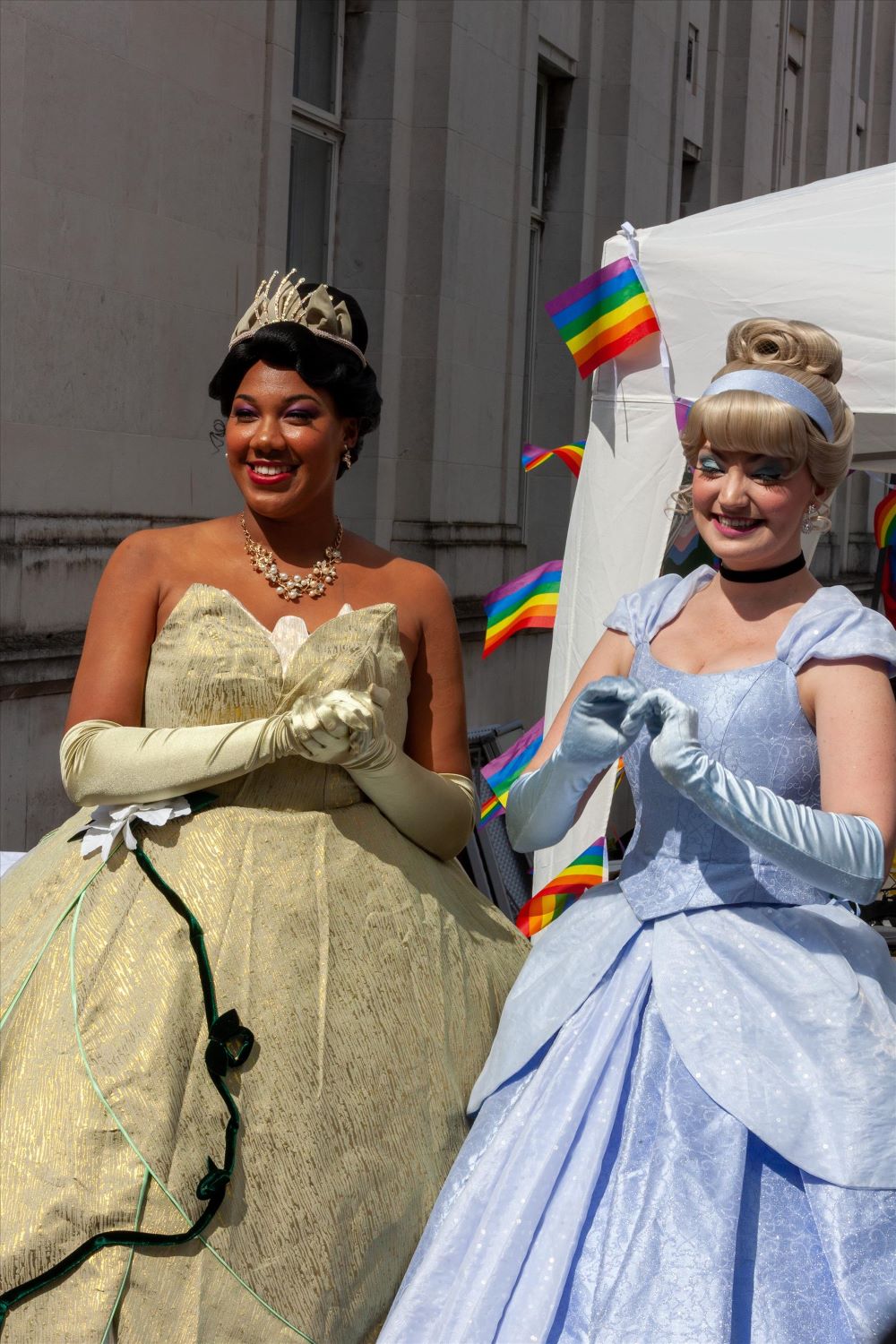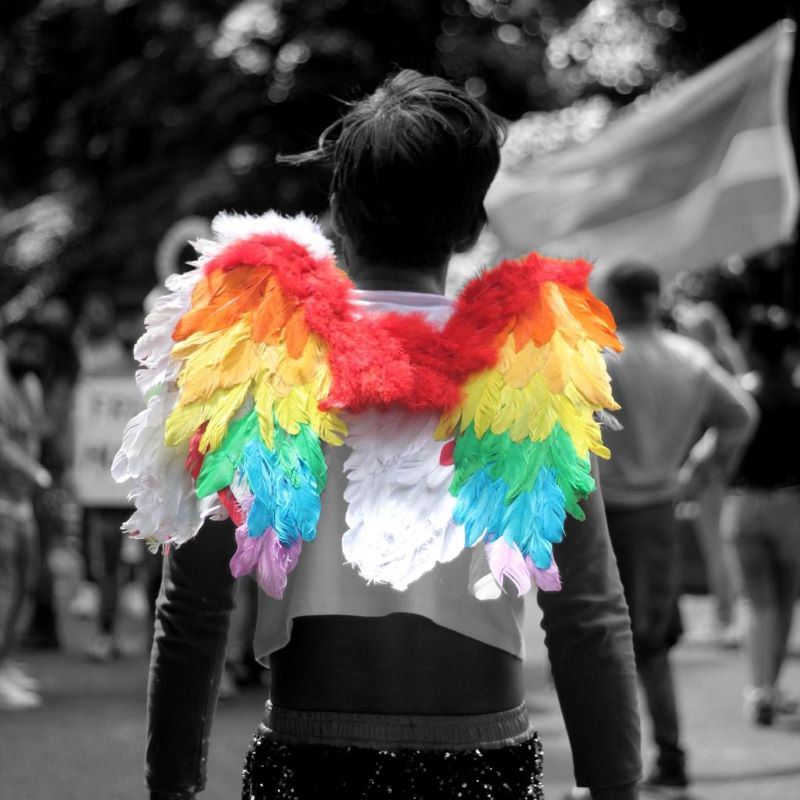Pride has undergone a growth spurt since its inception in the UK, with the first Pride Parade being held on the 1st July 1972, marking the three-year anniversary of the Stonewall Riots. This first parade garnered a modest turnout of 200 people protesting the inequality faced by members of the LGBTQ+ community.
Today, over 100 Pride events are celebrated in the UK, with Pride in London alone boasting a turnout of over one million people, including the mayor himself.
Here, we aim to take a quick dive into the journey that Pride has taken, from its beginnings in the US, to the vast number of events celebrated today.
The Stonewall Riots were a cornerstone event in LGBTQ+ history, triggered by police brutality and inequality in the USA. In 1969, The Stonewall Inn, a gay bar in New York City, was raided by the police, sparking riots from people that were already frustrated with the treatment of queer communities.
While reports differ on who initiated the riots, transgender women of colour Marsha P Johnson and Sylvia Rivera, are often credited. Being set in the context of other civil rights movements, these riots saw a collaboration between Feminists, Black Power, and the Gay Liberation Front (GLF).
The impact of the Stonewall Riots led to the first Pride in America marking the one-year anniversary.

Pride in the UK was motivated by similar injustices. In 1967, the UK partially decriminalised homosexual acts between consenting men over 21 years old. This small progress, however, was overshadowed by the continuing arrests made of men attracted to other men, and the lack of legal protection for other LGBTQ+ members.
Sparked by this persecution, and the US Stonewall Riots, branches of the GLF began to form in the UK. In 1972 the first UK Pride took place, marking the three-year anniversary of the Stonewall Riots. However, early UK Prides tended to focus on gay men, despite bisexual men also being heavily persecuted, and almost excluding lesbian and trans people altogether.
Since the first Pride, there have been large amounts of growth and progress made, increasing inclusivity both within, and outside of Pride. This includes expanding the LGBTQ+ acronym to include more sexualities and gender identities, and Prides celebrating specific queer identities, like Bi & Trans Pride. We have also seen the legalisation of gay marriage in 2013, and increased legal protection of LGBTQ+ members.
So much progress has been made that there is a growing belief that Pride has become redundant, but this couldn’t be further from the truth.
In the current political climate, there have been setbacks on the rights of transgender and non-binary people, with a rapid rise in anti-trans rhetoric and the stripping of legal protection, mirroring tried and failed arguments reminiscent of the 1980s and 90s. Progress has also stagnated in expanding LGBTQ+ diversity and protection.
In light of this, Pride is still essential to progressing LGBTQ+ rights at home and worldwide, it’s much more than simply corporations donning rainbow logos and opportunities to party, Pride is a protest.
- People’s Pride Southampton is an LGBTQIA+ charity. For more information, visit: peoplespridesouthampton.com
- In Common is not for profit. We rely on donations from readers to keep the site running. Could you help to support us for as little as 25p a week? Please help us to carry on offering independent grass roots media. Visit: https://www.patreon.com/incommonsoton


